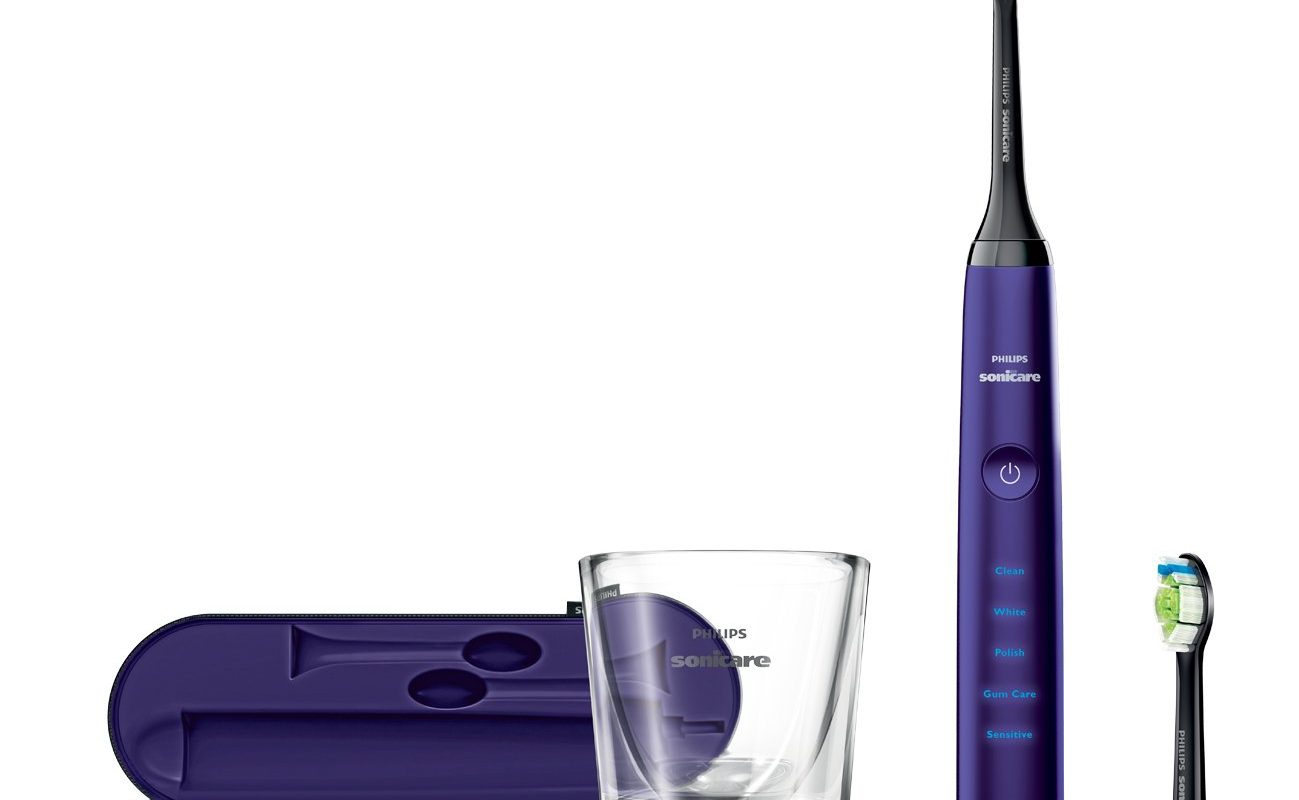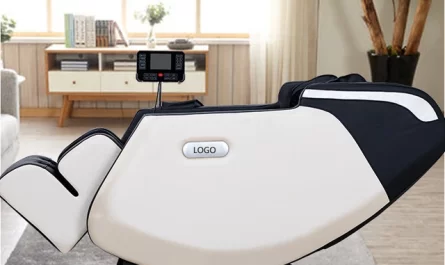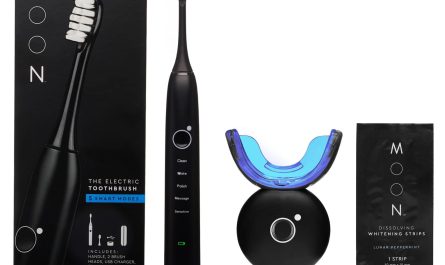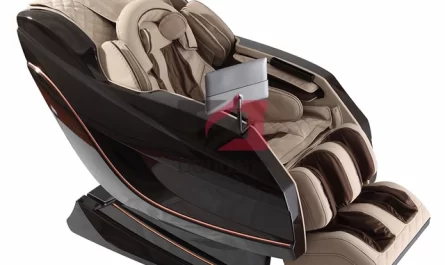What Are Invisalign Attachments?
Invisalign attachments are tiny, tooth-colored dots made from dental composite. These dots bond onto teeth to help aligners work correctly. They increase the aligners’ grip on teeth, ensuring precise and controlled movement.

Types and Functions of Invisalign Attachments
It’s essential to know that these attachments come in different shapes like squares, rectangles, and circles. Each shape has a unique role, such as rotating a tooth or moving it up or down. Your dentist selects the shape based on the tooth’s required movement.
Attachments serve as anchor points. They improve the force applied by the aligners, making complex tooth movements possible. They are a key part of Invisalign treatment, especially for severe cases.
The Importance of Attachments in Invisalign Treatment
Attachments are crucial for successful Invisalign treatment. They help aligners apply the necessary force to move teeth. Without them, some teeth may not move into the correct position.
They often determine the treatment’s length and effectiveness. With the right attachments, teeth straighten out faster and more reliably. Therefore, patients may finish their treatment sooner with attachments than without.
The Compatibility of Electric Toothbrushes with Invisalign
Can you use an electric toothbrush with invisalign? Using an electric toothbrush while you have Invisalign can be safe and beneficial. It’s important to ensure the toothbrush is compatible with the attachments on your teeth.
Benefits of Using Electric Toothbrushes for Aligner Wearers
Electric toothbrushes have many advantages for those wearing aligners:
- They can remove plaque more efficiently.
- Vibrations help clean around the attachments better.
- Timers ensure you brush for the full two minutes.
- Different modes may cater to sensitivity and gum care.
Regular use of an electric toothbrush can lead to better oral health. It’s especially helpful when you’re undergoing orthodontic treatment with Invisalign.
Safe Electric Toothbrush Use with Invisalign Attachments
It is possible to use an electric toothbrush safely with Invisalign attachments. Here’s how:
- Choose a toothbrush with soft bristles to avoid damaging attachments.
- Brush gently around the attachments to prevent them from loosening.
- Don’t apply too much pressure; let the toothbrush do the work.
- Follow your orthodontist’s advice on the best brushing techniques.
By taking these precautions, you can ensure that your Invisalign treatment is effective and your dental health is maintained.
How to Clean Invisalign Attachments
Maintaining clean Invisalign attachments is key to a successful treatment. Regular cleaning prevents build-up of plaque and bacteria, which can cause issues with both oral hygiene and the effectiveness of the Invisalign treatment. Proper care of attachments ensures they remain effective in guiding the aligners and thus maintaining the treatment timeline.
Tips for Brushing with Attachments
Brushing with Invisalign attachments doesn’t have to be complex. Here are some simple tips:
- Use a soft-bristled electric toothbrush safely with attachments.
- Angle the brush head to reach around attachments effectively.
- Employ gentle circles to clean without causing harm to the attachments.
- Brush twice daily for two minutes, focusing on all teeth and attachments.
- Avoid harsh scrubbing which might weaken the bond of the attachments.
By following these guidelines, you can help your attachments last throughout your Invisalign journey.
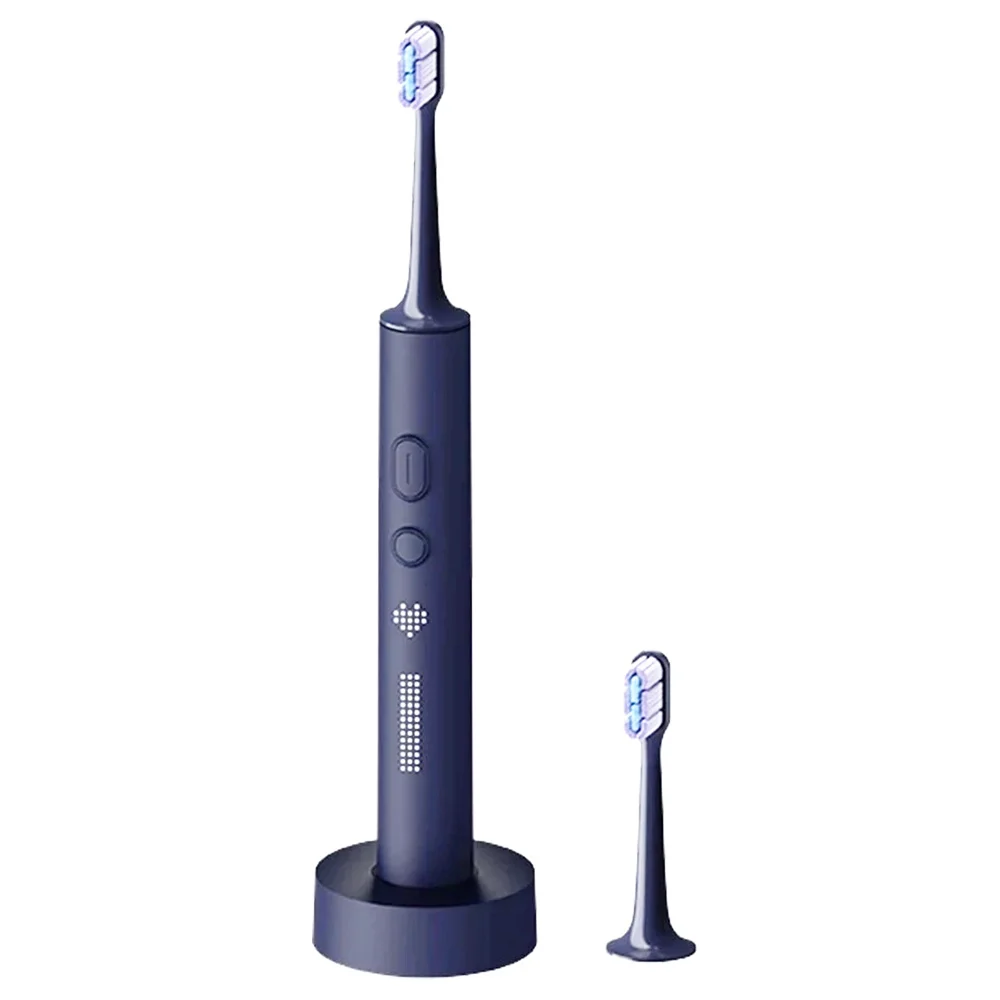 Maintaining Oral Hygiene with Invisalign
Maintaining Oral Hygiene with Invisalign
In addition to brushing, excellent oral hygiene with Invisalign includes:
- Flossing daily to remove debris around attachments and between teeth.
- Rinsing aligners when removed to keep them free of plaque.
- Using clear, mild soap or Invisalign cleaning solutions to clean aligners.
- Avoiding foods and drinks that stain, such as coffee or red wine, particularly just before inserting aligners.
Maintaining good oral hygiene practices, especially with attachments, keeps your Invisalign treatment on track and your smile healthy and bright.
Do Invisalign Attachments Hurt?
Many patients wonder if getting Invisalign attachments causes discomfort. Generally, Invisalign attachments do not cause pain. However, it is natural to feel some initial discomfort as your mouth adjusts to new sensations.
Experiencing Discomfort with New Attachments
When you first receive your attachments, they may feel odd. The new protrusions on your teeth can create a sensation of pressure. This mild discomfort typically fades within a few days as you adapt to your Invisalign treatment.
Managing Sensitivity and Pain
If sensitivity persists, try these tips:
- Use a non-abrasive toothpaste designed for sensitive teeth.
- Rinse your mouth with saltwater to reduce irritation.
- Avoid very hot or cold foods and drinks which may aggravate sensitivity.
- Talk to your dentist about pain relief options if discomfort continues.
Remember, any minor discomfort is temporary, and the benefits of Invisalign, including straighter teeth and a healthier smile, are well worth it.
Invisalign Attachments and Their Impact on Treatment
Invisalign treatment often includes small attachments. These are crucial for successful teeth alignment.
Role of Attachments in Effective Teeth Movement
Attachments aid the Invisalign aligners in moving teeth. They serve as anchor points for precise adjustments. Different shapes and sizes cater to specific tooth movements. The resulting force from the attachments ensures your aligners work effectively.
Each tooth might need a unique movement. The attachments help with this by giving aligners something to hold onto. This mechanism of action targets the teeth’s exact needs during treatment.
How Attachments Affect Treatment Duration
Attachments can impact how long you wear Invisalign. They often allow for faster and more predictable teeth movement. Without these attachments, some treatments could take longer. In complex cases, attachments are key to maintaining the projected timeline. Your dentist will assess and determine how attachments influence your individual treatment span.
Additionally, because attachments contribute to more effective movement, choosing to have them might shorten overall treatment time. This means you get straighter teeth quicker than without these tiny aligners’ helpers.
The Removal Process of Invisalign Attachments
When your Invisalign journey is nearing its end, the removal of attachments is a simple and straightforward process handled by your dental professional.
How Attachments Are Professionally Removed
Removal of the attachments is done at the dentist’s office. Your dentist uses a special dental tool to gently grind down the attachment material. This is painless and typically quick. After removing the excess material, they polish your teeth. This leaves your teeth smooth and clean.
The removal procedure does not damage tooth enamel. The process only targets the composite material of the attachments. Most patients experience no discomfort during or after the procedure. Any minor sensations felt are usually due to the vibrations of the dental tool.
Safety Precautions During Removal
Safety is a priority when removing Invisalign attachments. Dentists follow specific steps to protect your teeth and gums. They use tools that are designed to work gently on your teeth. You will wear eye protection during the procedure to guard against any flying debris.
It is important not to try removing attachments at home. Doing so can harm your teeth and lead to costly repairs. Always have a trained professional handle the removal.
Through careful removal and polishing, your dentist ensures your teeth are healthy and attachment-free. They check each tooth to make sure all materials are gone. After removal, your smile is ready to shine without any signs of the previous attachments.
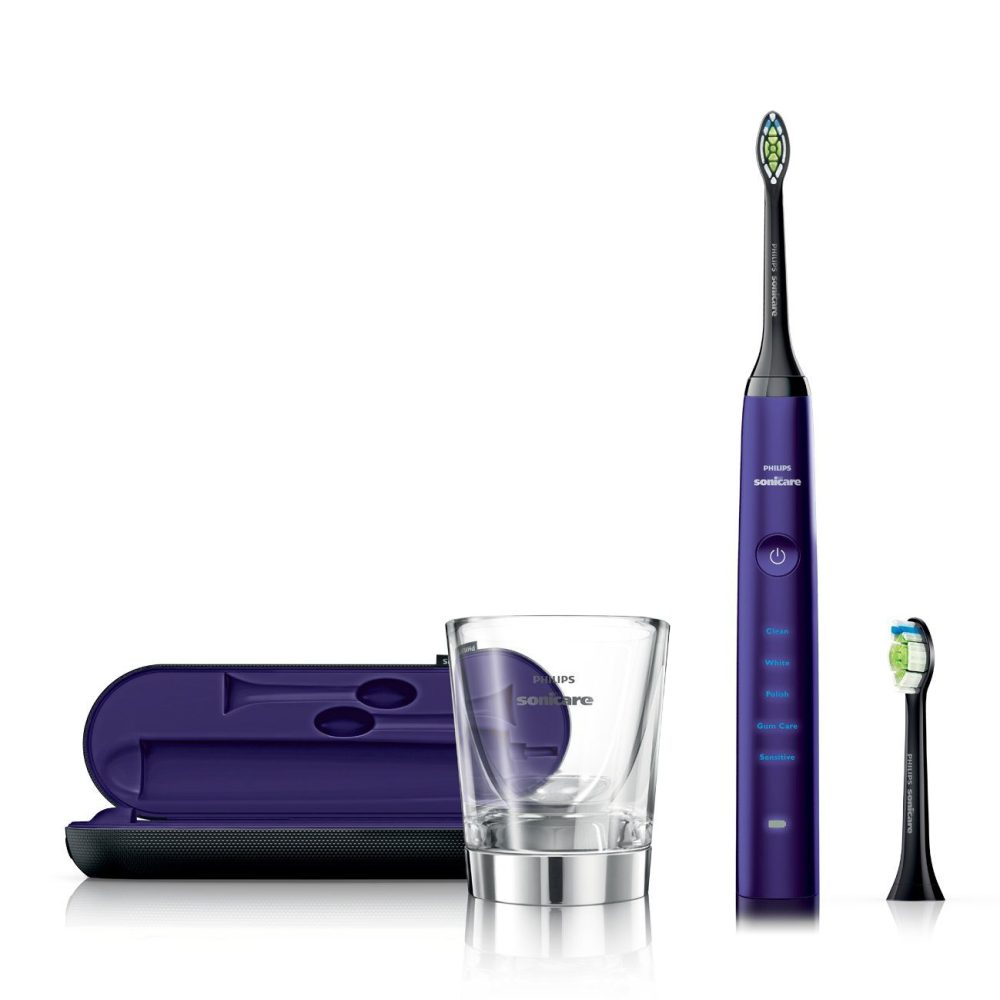 Impact of Invisalign Attachments on Daily Life
Impact of Invisalign Attachments on Daily Life
Navigating day-to-day activities with Invisalign attachments requires small adjustments.
Eating and Drinking with Invisalign Attachments
Invisalign’s removable nature means few dietary changes. Before meals or snacks, simply remove your aligners. After eating, rinse and brush before placing aligners back. This prevents food traps and maintains oral health. Always avoid chewing gum with aligners or attachments in place as it can stick and cause damage.
Dealing with Potential Attachment Staining
Attachments may stain after consuming certain drinks or foods. It’s best to limit items like coffee, tea, or red wine. Regular cleaning is vital to prevent stains. Use an electric toothbrush with a gentle setting around attachments. For more stubborn stains, professional cleaning might be needed. Remember, minor lifestyle changes can keep attachments clear and less noticeable.

